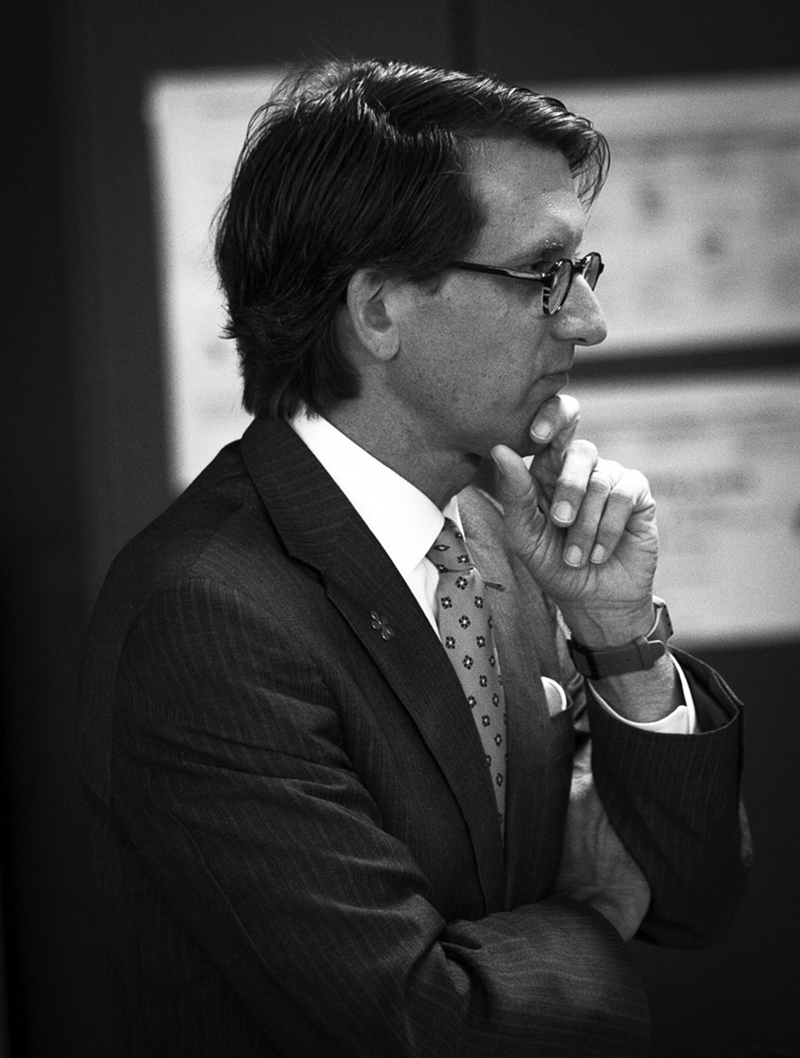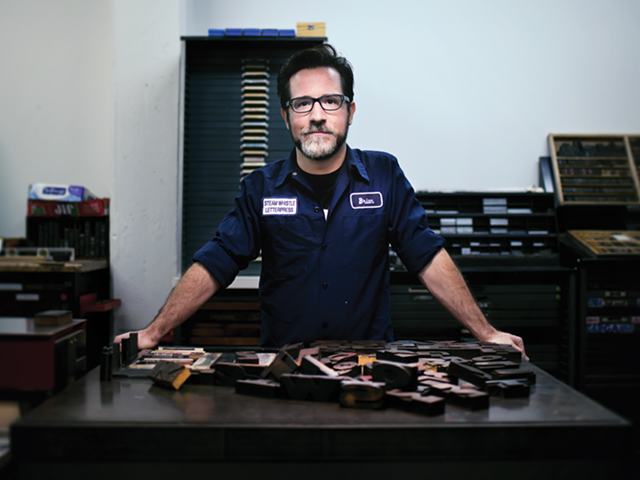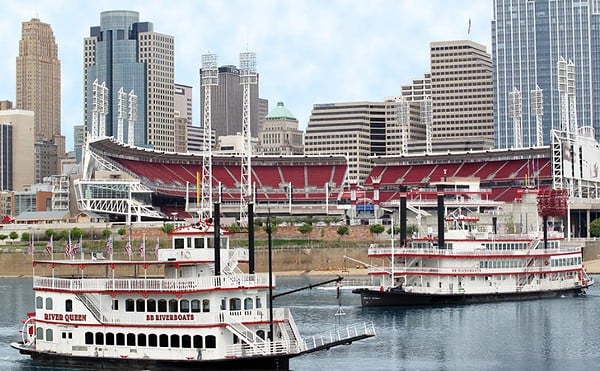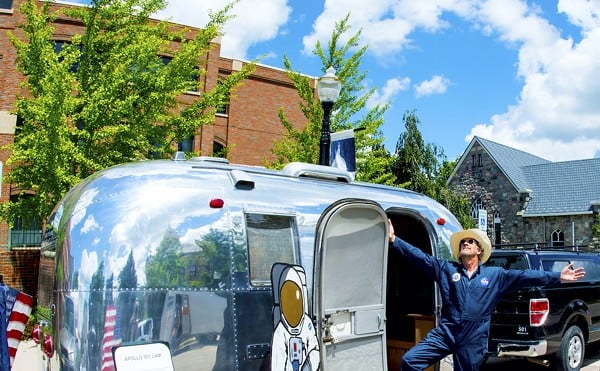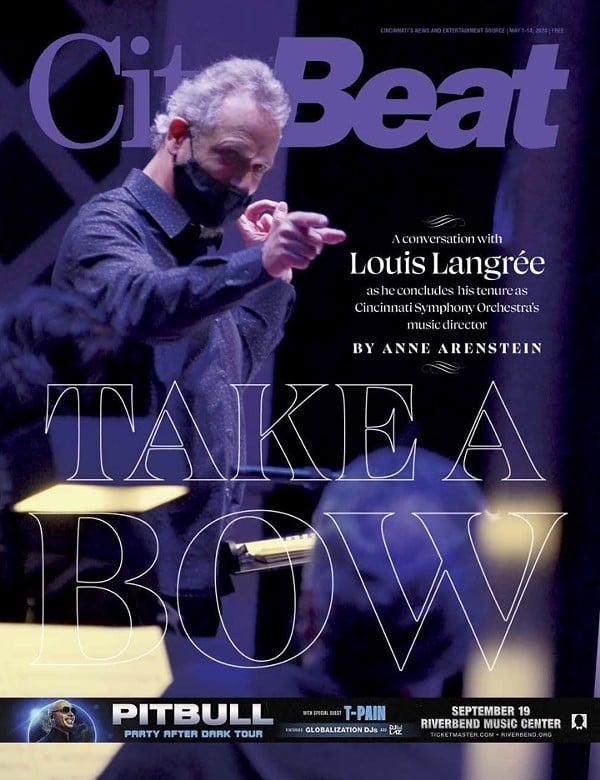In my September interview with new Cincinnati Art Museum Director Cameron Kitchin, he discussed the role of that institution in collecting and displaying Contemporary art in addition to other issues. I saved that topic for this second Big Picture column devoted to that interview.
It’s an important one because the museum has been low profile in recent years about collecting and displaying such art. Its curator of Contemporary art, Matt Distel, is an adjunct rather than a full-time staff member, and a third-floor loft space previously devoted to Contemporary was lost during the recent renovations. (There is gallery space on the second floor loosely devoted to some of the “classic” names in post-war Contemporary — Warhol, Donald Judd, Rothko and Gerhard Richter, for instance.)
Lagging behind in aggressively acquiring and showing Contemporary art, which is usually defined as the progressive art movements of the post-World War II era, seems less and less tenable as we approach the midpoint of the second decade of the 21st century. We’re missing a lot.
Of course, there is the Contemporary Arts Center. It doesn’t collect, but does feature much work by important artists working today. Might that be enough — especially with the 21c Museum Hotel actively collecting newer work?
“For Cincinnati Art Museum as an encyclopedic collecting institution, our goal is to represent as best as the collection supports it every chapter of the art history textbook, so students and visitors can come and find French Impressionism, antiquities, Rookwood pottery [and more],” Kitchin said. “It serves as a teaching institution for the history of art and connects people with art.”
“We are the broad survey, and it is right and correct for us to acquire in Contemporary to contextualize the history of art and how it progresses from Modernism on forward,” he explained. “We need to represent the art from 1945 to the present.”
Further, he said, being an active advocate of Contemporary has an added benefit.
“I would say Contemporary art has one unusual capability, which no other chapter of the [art history] textbook has, which is that artists working in Contemporary are working and living in the same social context and asking the same vexing social questions as the viewer is,” Kitchin said.
“It gives us a chance to explore relationships with social service organizations and others also existing at the same time. So the way we teach using Contemporary is different than the way in which we teach using the canon of art history, but the practice of collecting is no different with the exception of original artist commissions.”
So Kitchin is in favor of prominently showing Contemporary. But does that mean a full-time curator?
“There’s a full curatorial position in Antiquities to be decided and expansion of a curatorial position in Contemporary. Remember, it all needs to be rationalized under the idea of what service does this provide to the public,” he answered.
But, he added, he would like to see both be endowed full-time positions.
“I ultimately would like to see those brought back, and the best way to do it is to have them discretely funded,” he said. “Endowed would be the ideal circumstance. I can’t say today if that’s possible. [But] to stabilize the permanence of all those positions has got to be right at the top of the list.”
In a recent interview, Distel said there are some modest but promising changes in the works for Contemporary. A gallery in the Cincinnati Wing, last used as the waiting room for the American Gothic show, will soon house work by Cincinnati-connected Contemporary artists such as Jim Dine, Jimmy Baker and “Shark Girl” creator Casey Riordan Millard. He also said there has been movement toward getting the third-floor space reopened. Further, he added, there have been two recent gifts of note — a Tom Wesselmann piece given by his estate at the opening of the current retrospective of the late Cincinnati-born Pop artist, and a painting by young New York artist Israel Lund.
The museum reports about 16 pieces that could be considered Contemporary, including works on paper, came into the collection this year.
Ultimately, a key question is whether the art museum will in some way dramatically increase its pace for acquiring and collecting Contemporary.
“No, not necessarily,” Kitchin said. “There are extraordinary collections in our community from which we can borrow, and those families and individuals may be looking for a home for their collections ultimately to roost. Our doors are open.”
CONTACT STEVEN ROSEN: [email protected]

